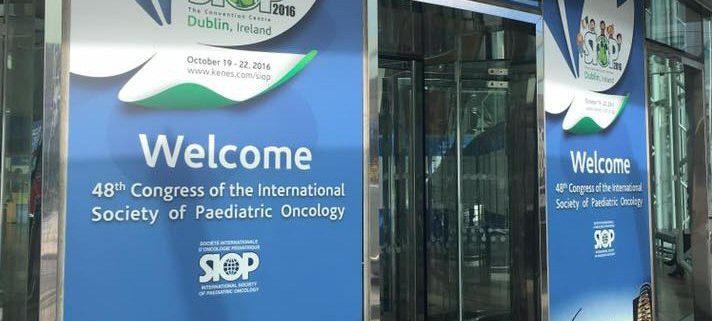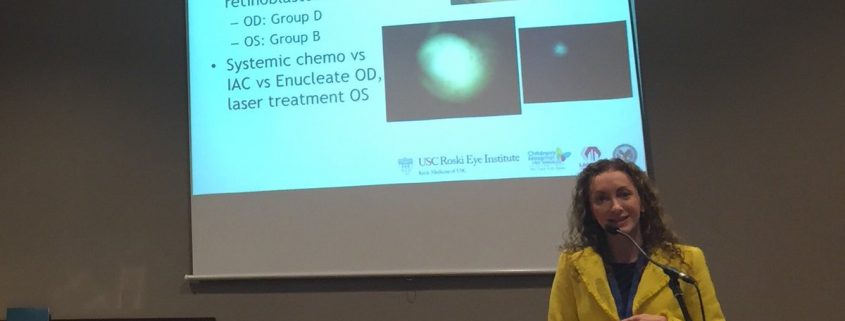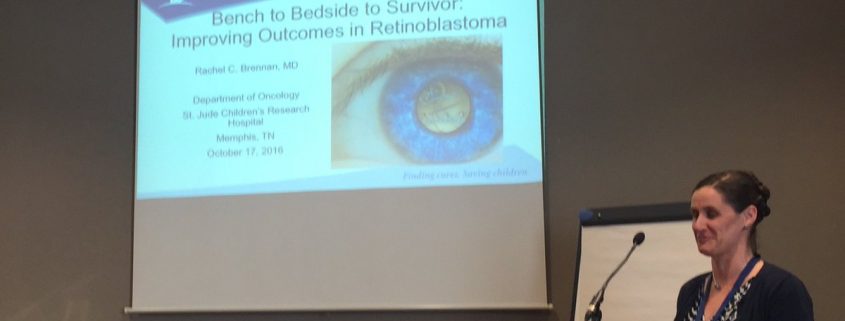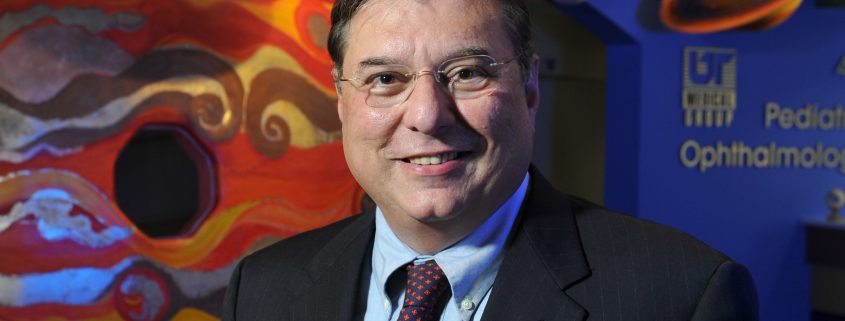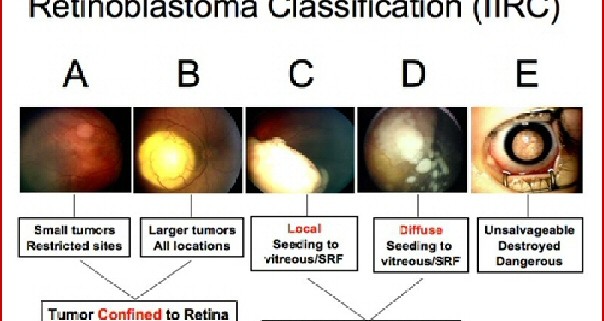Visualizing Cancer Treatment
Have you ever wondered what happens in a child’s eye during retinoblastoma treatment? We explore four of the most common eye-saving treatments here. Below each, you will find a link to further information that includes advantages, disadvantages, side effects and questions to ask the doctor.





